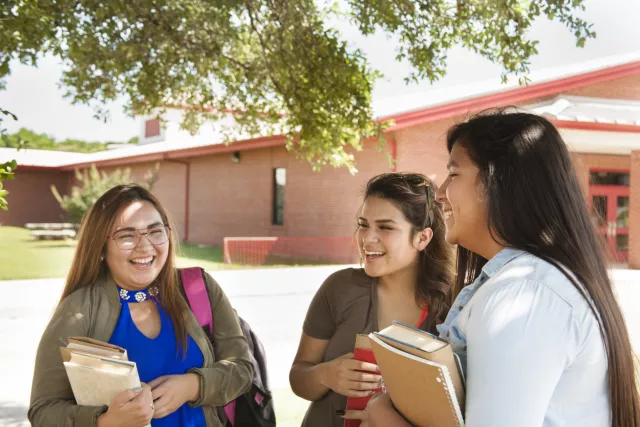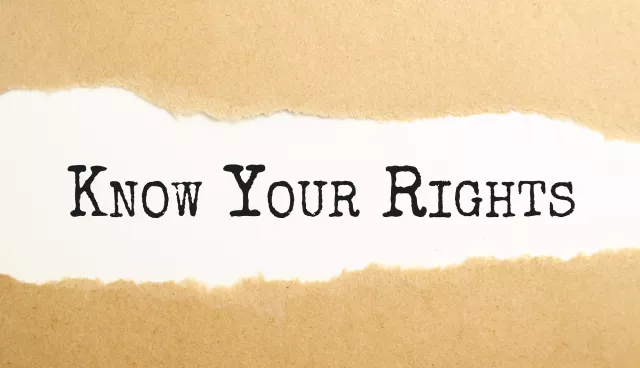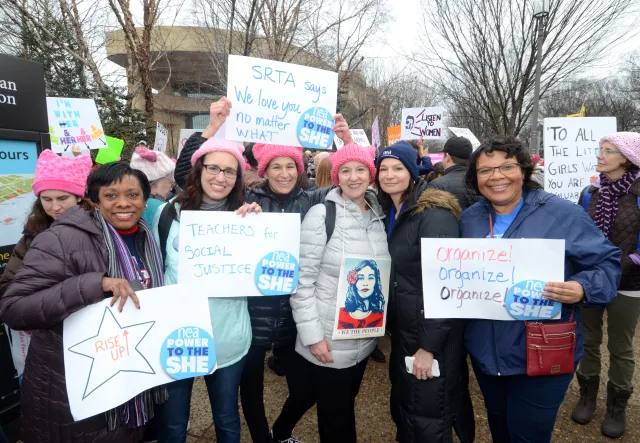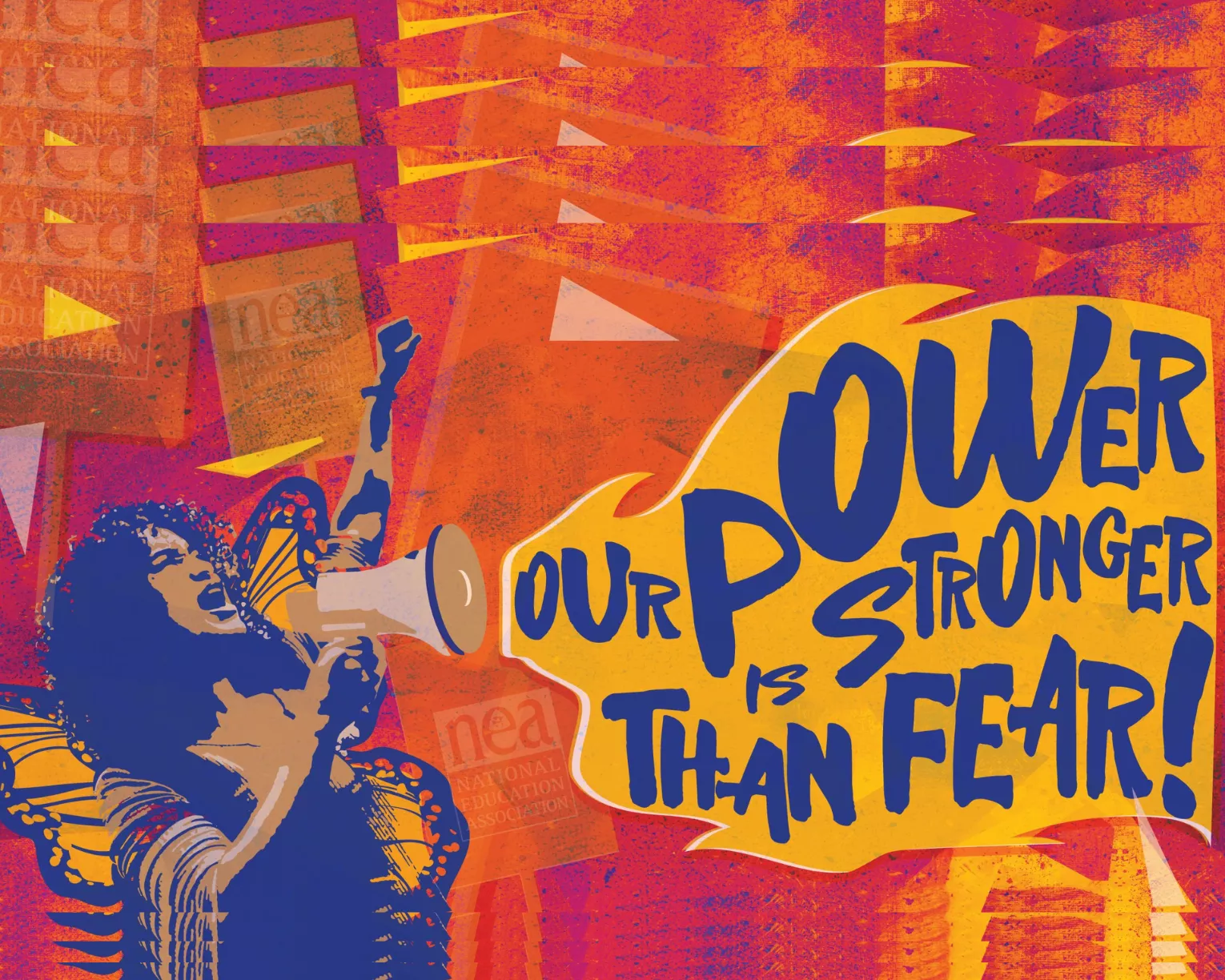How to use this toolkit
All students deserve equal access to educational opportunities no matter their color, gender, or whom they love. However, girls, women and LGBTQ+ youth often face barriers that threaten their success in school and beyond. Girls of color are more likely than white girls to face unfair discipline. And sexual harassment and violence in school are problems that confront most all girls and LGBTQ+ youth.
Across the country, educators are working to ensure safe and equitable classrooms, free from bias and discrimination. Women, girls, and all people who face gender-based discrimination are calling their elected officials, raising their voices, and organizing in the streets to put in place policies that help them achieve their potential. Use this toolkit to learn more about the issues and how you can join educators, students, families, and allies to mobilize and advocate for policies and practices that support the needs of all students, regardless of gender.
Safe learning for all

Bullying and Sexual Harassment Trainings

Gender Justice

Title IX At 50: Where We’ve Been, Where We’re Headed, and Why It Still Matters
Establish Equitable, Bias-Free Discipline Policies
Every child, whatever their color, background or zip code, has the right to learn in a supportive environment that respects their humanity, upholds their dignity, and responds fairly to mistakes and mis-steps. But instead, certain politicians move to send police into schools to harm students who are Black,brown, LGBT or disabled for making mistakes that - for wealthy white kids - are deemed part of growing up and learning. The statistics are grim:
-
Black girls are 5.5 times more likely to be suspended from school as white girls.
-
Schools suspend American Indian/Alaskan Native girls at more than three times the rate of white girls and at a higher rate than white boys.
-
Latina girls are 1.6 times more likely to be suspended than white girls.
More alarming, girls are the largest growing juvenile justice population in the United States—often as a direct result of being disproportionately disciplined or suspended from school. These uneven rates of discipline are not because of more frequent or serious misbehavior. Instead, race and gender bias informs unfair discipline.
Together, we can change this situation. The Alliance for Girls asked girls of color in the Oakland Unified School District about their experiences in school, and solicited their ideas for putting an end to the school-to-prison pipeline. The result—Meeting the Needs of Girls—is a toolkit full of practical solutions and ideas for improving equity in schools.
The National Women’s Law Center has created a resource—Let Her Learn: A Toolkit to Stop Pushout of Girls of Color—to help educators and schools find out if your school’s discipline policy treats girls of color fairly, how you can change policy, and where to find help.
Ensure Fairness and Opportunity for Women at Work

Know Your Rights: Harassment and Discrimination

Women Rising: A Guide to Your Rights at Work

Take Action on Women’s Rights
Learn More
Do More
Use Your Educator Voice.







